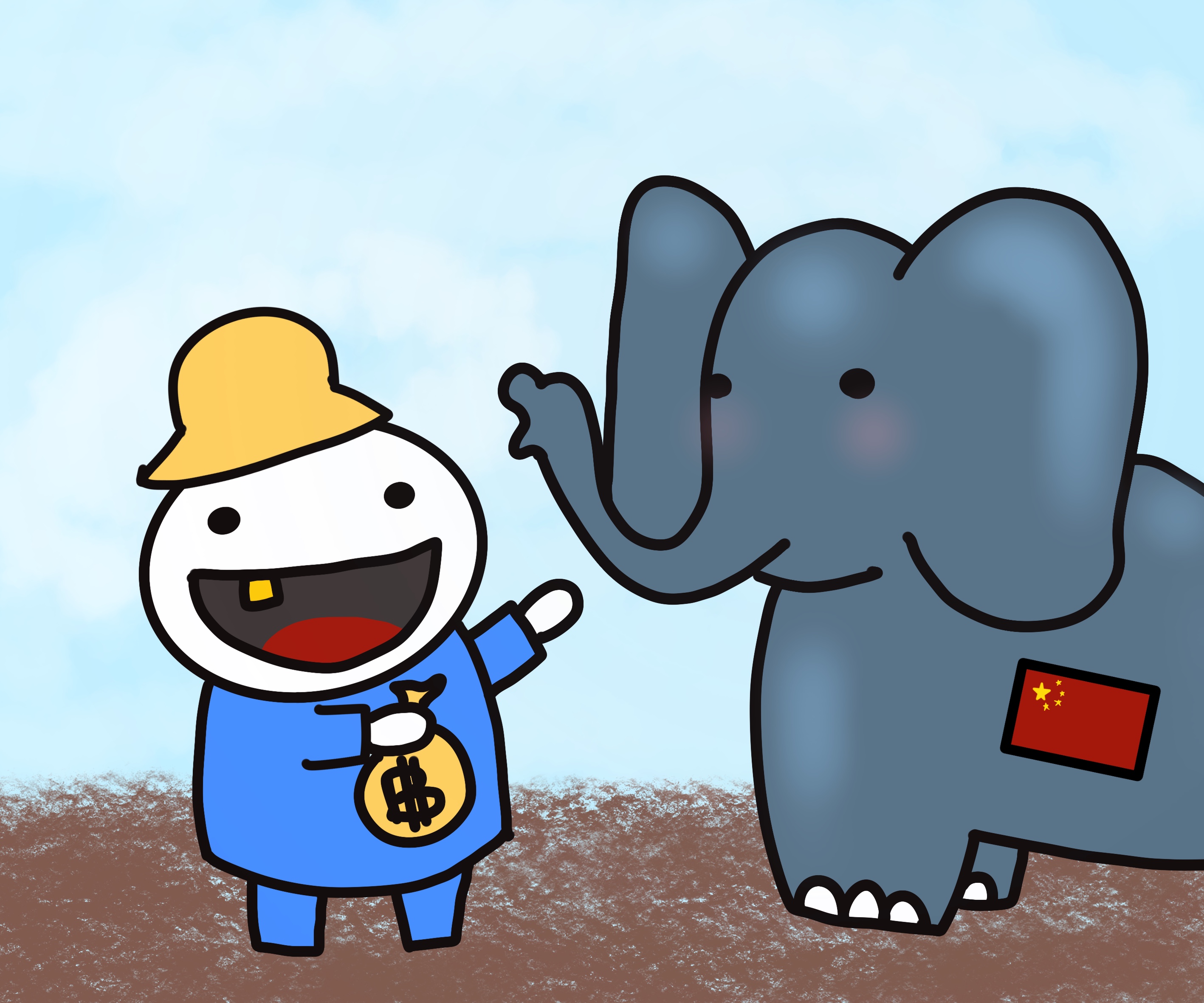The gold tooth vendor bought a chinese elephant
พ่อค้าฟันทองซื้อช้างฮ่อ
An expression to help Thais memorize their paired low toned consonants
This is the last group of consonants. Once you know these, you know all of the consonant sounds in Thai and all of the rules involving alive tones. These consonants will be paired with their coresponding high consonants to cover all 5 tones.
the table below will show you how paire low toned consonants compare to everyone else.
| neutral | first tone(เอก: ่ ) | second tone(โท: ้ ) | third tone(ตรี: ๊ ) | fourth tone(จัตวา: ๋ ) | |
|---|---|---|---|---|---|
| mid (ก) | กา | ก่า | ก้า | ก๊า | ก๋า |
| single low(น) | นา | หน่า | น่า or หน้า | น้า | หนา |
| high | ส่า | ส้า | สา | ||
| paired low | ซา | ซ่า | ซ้า |
As you can see the tones are still the same vocally but in written form, they just have different formats. You can see that the high and the paired low are complements of each other with an overlap on the second tone. The overlap sound exactly the same, just have different spelling.
The table below shows how the consonants are paired
| Sound | Low | High |
|---|---|---|
| K | ค, ฆ | ข |
| Ch | ช, ฌ | ฉ |
| S | ซ | ศ, ษ, ส |
| T | ฑ, ฒ, ท, ธ | ถ |
| P | พ, ภ | ผ |
| H | ห | ฮ |

